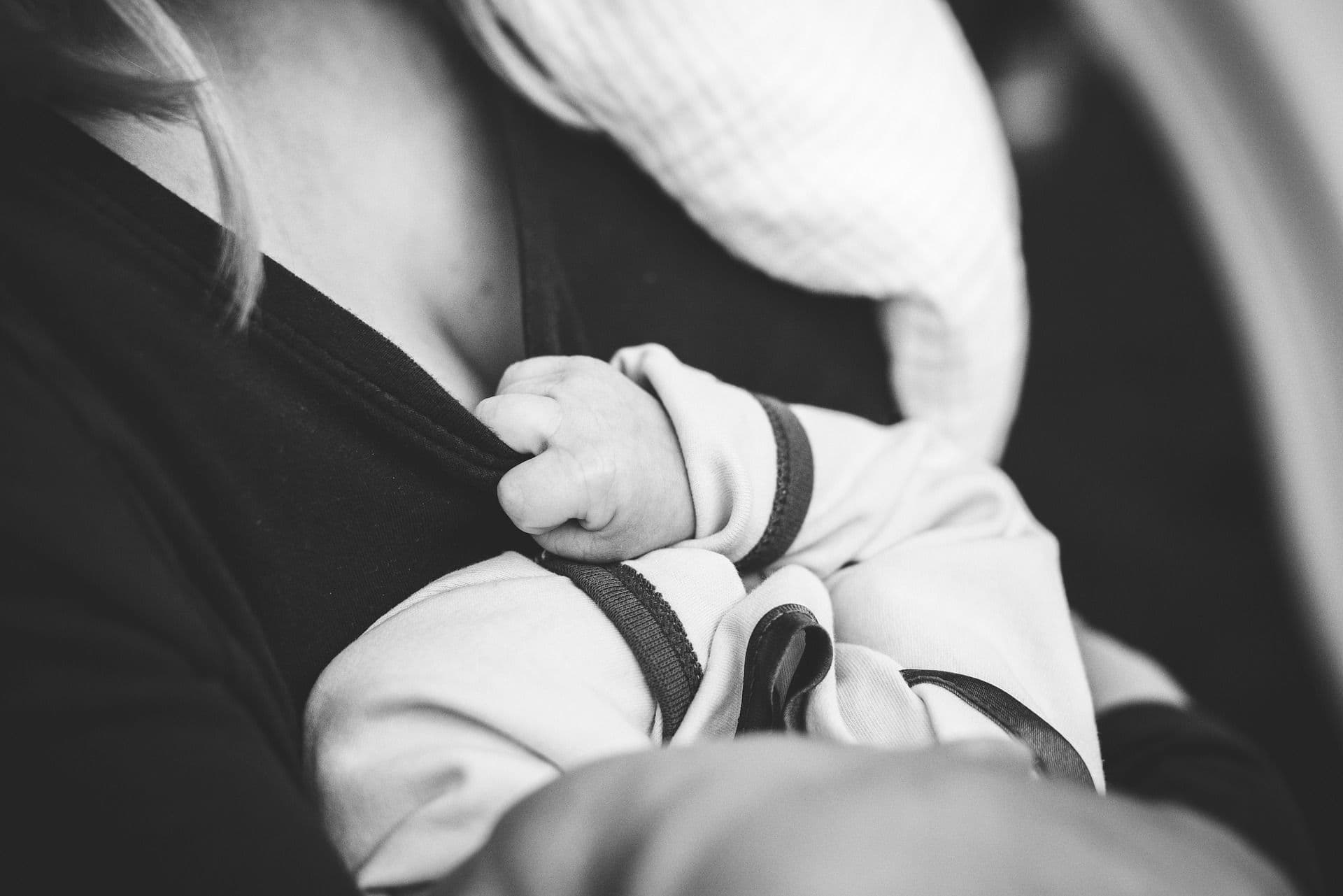Get Started Breastfeeding
Breastfeeding
Obie Editorial Team

How do I start breastfeeding?
The desire to breastfeed is a natural instinct all infants are born with. At first sight, or smell, infants recognize breast milk and turn toward the breast in hopes of feeding. While natural instinct makes it easy for an infant to find breast milk, breastfeeding is not always easy. Early introduction of the breast is extremely important as is patience and perseverance. With time and practice, new moms can learn the best positions and latching techniques.
Does early introduction to the breast help?
Some mothers choose to attempt breastfeeding during the first few moments after birth. While most hospital births allow only a few minutes of mother/infant interaction immediately after birth, you can explain your desire to breastfeed in the delivery room to your attending physician and nurses. The hospital staff may allow additional time if there are no complications during the delivery.
How do I get that first latch?
The first latch is often the most difficult. Hold your baby firmly in your arms, allowing baby’s skin to touch your skin. Skin to skin contact calms newborns and may reduce anxiety that could inhibit latching. Place your nipple on your baby’s upper lip. When baby’s mouth opens, pull baby in toward your breast, feeding the nipple and as much of the areola into your baby’s mouth as possible. While milk is expressed from the nipple, proper latching involves the areola. If your baby does not latch properly on the first try, gently pull the baby away from the breast and attempt the latching process again.
How can I make breastfeeding comfortable?
Sometimes new mothers find it more comfortable to place a pillow under the baby while breastfeeding. The pillow holds some of the baby’s weight and allows mom to concentrate on latching. A rolled up blanket or towel will also work in place of a pillow.
Should I switch breasts for even breastmilk production?
It is important to use both breasts for breastfeeding. This does not mean you have to unlatch baby from the breast and switch to the other breast during feedings. You can alternative breasts with each feeding to promote even breastmilk production.
Is my baby getting enough?
Newborn infants have an extremely small stomach. During the first weeks of life, babies may feed for only 5 to 10 minutes, but they will feed 12 times a day or more. Breastfed babies tend to feed more often, so new mothers can expect to breastfeed every 1 to 2 hours. As your baby grows, so will your breastmilk production. As long as the baby is wetting diapers and having normal bowel movements, enough breastmilk is being consumed.









